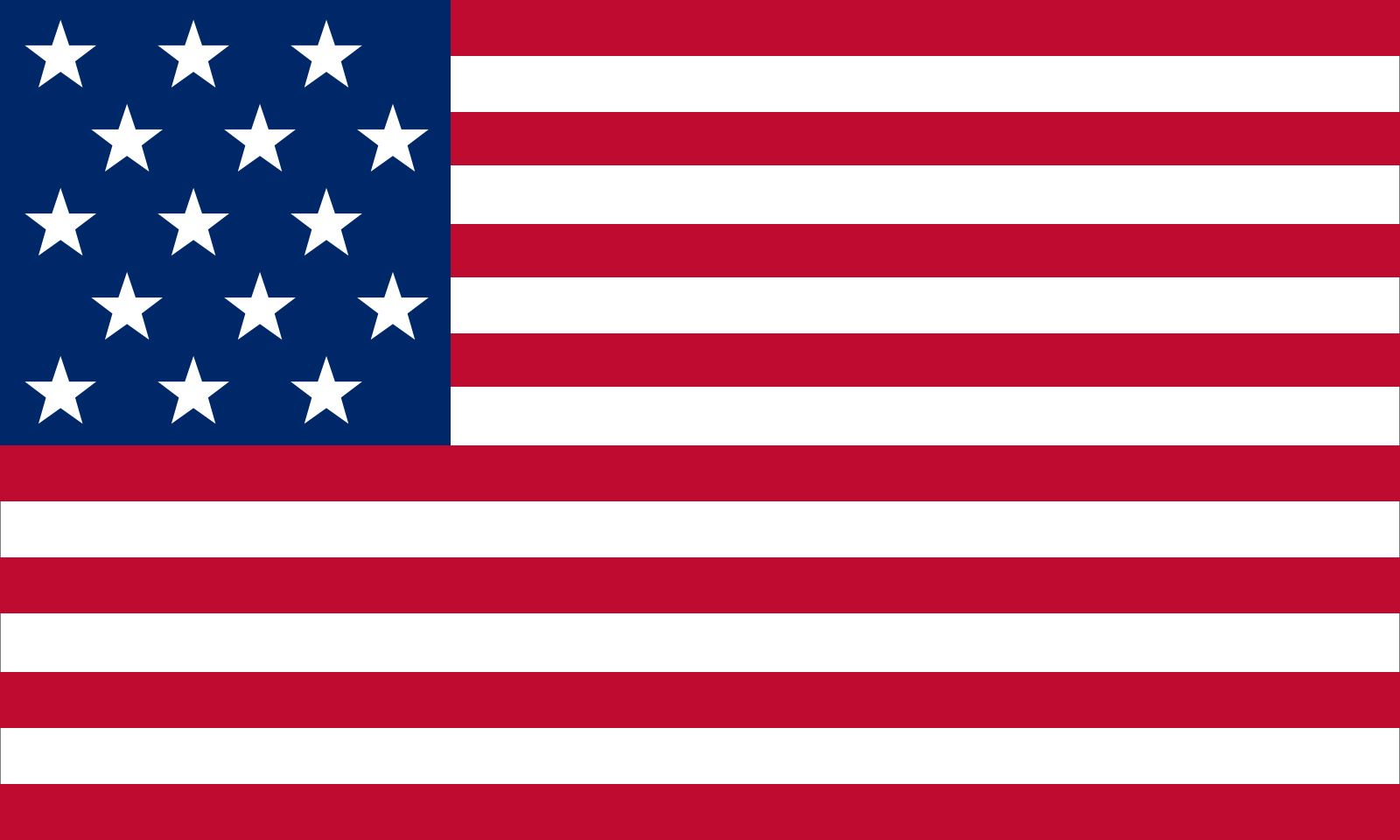THE VERASIL ADVANTAGE
VeraSIL Therapeutics and its partners at DDSource Manufacturing Inc., have developed a proprietary Nanotechnology platform for US and Canadian Dentists which utilize an entire series of novel clinical protocols and product formulations.
By utilizing VeraSIL’s NanoMetallic Silver Oxide technology to discover and elucidate new clinical protocols and products, Dentists can not only radically improve patient clinical outcomes but, they can also participate in a federally accredited Tax R&D Program to effectively help lower the Net Operating costs of their Dental Practices.
These Tax R&D Programs allow any business, including Professional Dental Corporations, to implement and coordinate novel research and experimentation utilizing innovative technology platforms (like NanoMetallic Silver Oxide) to address unresolved Technological Uncertainties (“TU’s”) specific to their Industry.
By allowing for the issuance of applicable income tax credits, participation in this NanoMetallic Silver-based Tax R&D Program subsequently helps to increase the Profit and Free Cash Flow of the participating Professional Dental Corporation – all while using less chemo-toxic ingredients to treat their patients. Chemo-toxic ingredients commonly used in Dentistry include; Povidone iodine; Chlorine dioxide; MDPB (1) BHT (2), Polyphenols, Quaternary Ammonium Compounds, Ethyl & Isopropyl Alcohol; Peroxyl, Cetylpyridinium Chloride, Formocresol, Chlorhexidine DiGluconate (CHG), Triclosan and Glutaraldehyde.
(1) MDPB = 1,2 Methacryloyloxy Dodecyl Pyridinium Bromide – A Quaternary Ammoniated Chloride Disinfectant derivative.
(2) BHT = Butylated Hydroxy Toluene – a toxic chemical substance (Endocrine Disruptor) banned in Europe, Canada, Japan, Australia and New Zealand.
Many of these chemicals are non-specific (indiscriminate) biocides which target both probiotic as well as pathogenic bacteria and can lead to bacterial and fungal overgrowths in the oral microbiome. These chemicals also have limited biofilm and smear layer-reducing capabilities and are neither synergistic nor potentiating with Antibiotics. Currently, NONE of these chemicals have ANY wound-healing capabilities – what-so-ever. When used in the wrong dosage or dilution these same chemicals can be extremely hazardous to one’s health.
The VeraSIL Program allows Dentists to access tax credit dollars so they can be reimbursed for utilizing novel (non-chemo-toxic) products and proprietary processes to perform well-structured, unequivocal clinical research into the Technological Uncertainties which still continue to plague our industry (including periodontal disease, wound-healing and tooth decay).
In Canada, this Program falls under the Canada Revenue Agency’s Scientific Research and Experimental Development Program (“SR&ED”). The SR&ED Program was designed to allow any Canadian privately controlled business that incurs Research and Development (R&D) costs to seek reimbursement as a general business tax credit under subsection 248(1) of the Canadian Income Tax Act Code. The Federal Government of Canada first made this SR&ED Program a permanent part of the Canadian Income Tax code in 1985 and has been operating it ever since to the tune of almost 3Billion annually.
In the United States, a similar (parallel) Tax R&D Program is available to Healthcare Professionals (including Dentists) which is run by the Internal Revenue Service (“IRS”). The US Tax R&D Program was first adopted by the US Congress in 1984 and today accounts for an estimated 30+ billion in Government Tax R&D support. Form 6765 is used to file an amendment to the company’s corporate tax filings so long as you meet some basic parameters for Qualified Research & Development as defined in IRS CFR Tax code Sections 174, 168 and 41.
These corporate tax credits (in both countries) can provide valuable and much-needed Incremental income for Dentists and their dental businesses.
In Summary, the benefits of this Nanotechnology backed Tax R&D Program for Dentists are three-fold:
- It allows Dentists and their staff to employ novel techniques and products to help dramatically improve patient clinical outcomes and
- It allows Dentists and their staff to utilize a whole lot less chemo-toxic ingredients/products in treating their patients while not sacrificing efficacy performance and or safety.
- It can predictably reduce operating overhead expenses for the dental clinic that is participating in novel, meaningful and well-organized Research, and developing improved clinical protocols and products.
CLICK BELOW TO LEARN MORE ABOUT THESE TAX R&D PROGRAMS




